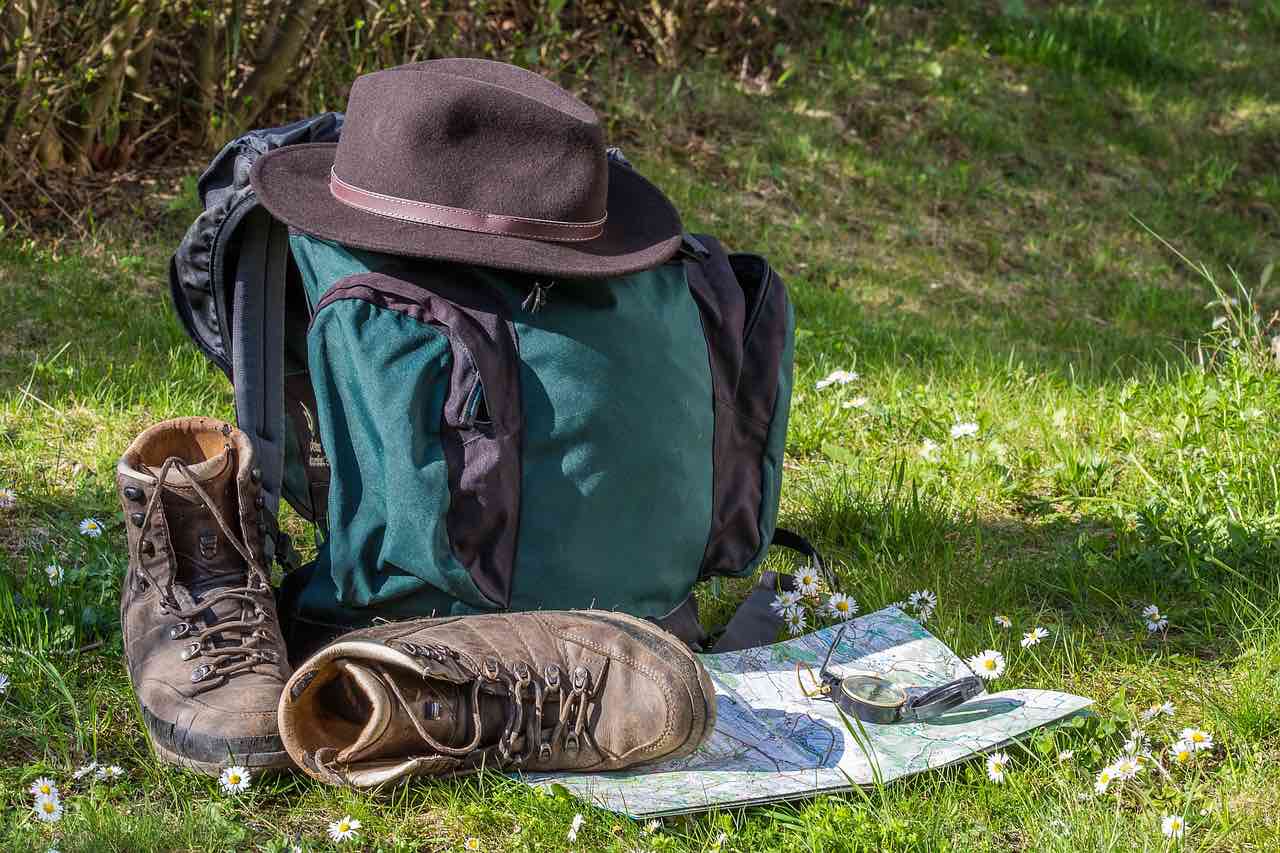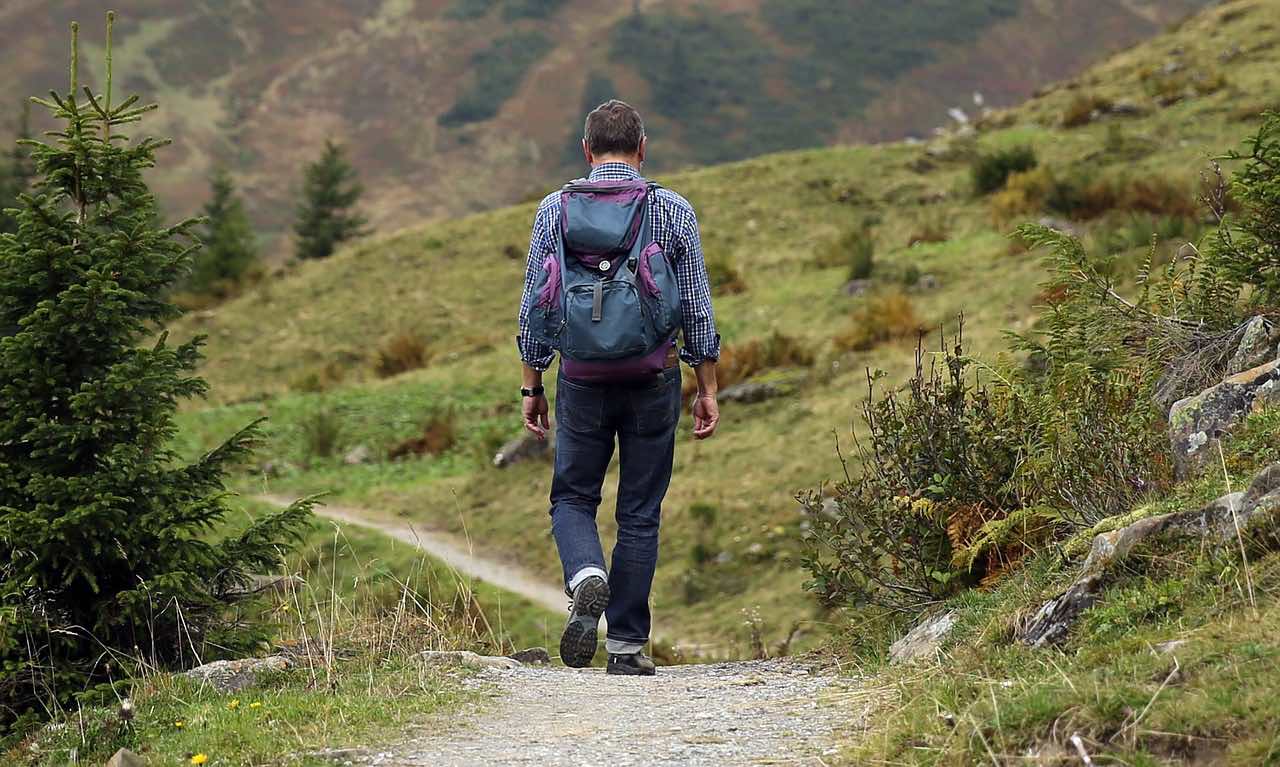Hiking in the mountains is a fantastic way to connect with nature, relieve stress, get some exercise and see some amazing views. However, hiking in the mountains also requires a fair amount of preparation, even if you are simply heading out for a few hours on marked trails. If you are looking to head out for a mountainous hike this year, there are some things that you need to know beforehand. So, grab your hiking boots, familiarize yourself with important hiking terms and get your sunscreen ready for these top tips for hiking in the mountains.
1. Time Your Hike Accordingly
Be aware that heading into the mountains for a hike is going to take longer than some other kinds of wilderness trails because of steep inclines, rocky descents and other environmental factors that can slow you down.
Therefore, before going out into the mountains, Outdoor Myth says it is vital that you get a rough estimate of how long you expect to be on the trail so that you can ensure you are back before dark.
2. Check the Weather
If you are going out into the mountains for a hike, you are going to want to check the weather beforehand. Typically, this will only require a quick Google search.
That said, the important thing to keep in mind is that it is likely to be a bit colder and windier up in the mountains and that the weather can change rapidly. Generally speaking, hikers can expect a drop of about five degrees Fahrenheit for every 1,000 feet they climb. Additionally, if you hike so far as 5,000 feet, the trees will begin to thin out and subject you to higher winds and cooler temperatures.
The bottom line here is that it is important to know what the weather is supposed to look like, align your expectations for the hike and ensure that you are prepared for the worst.
3. Bring the Appropriate Gear
Since mountain trails tend to be rocky and uneven, it is necessary to wear the appropriate footwear. For mountain trails, it is essential to wear highly-rated hiking boots, as opposed to lightweight hiking shoes. Boots will provide the necessary ankle support to deal with the uneven terrain and are going to be durable enough to withstand abrasions from rocks and the like.
At the same time, you are going to want to ensure that you bring a hiking backpack with a means of staying hydrated (such as a water bladder), trekking poles to minimize the strain on your legs and a durable LED headlamp or flashlight for any caves or other dark environments you might find yourself in, as well as sun protection (more on that later).
4. Be Prepared for Thinner Air
If you are going for a mountainous hike, be aware of the potential impact of being at higher altitudes. Most folks will only begin to feel these effects at roughly 8,000 feet. However, this is not a hard and fast rule.
The higher you hike into the mountains, the less oxygen there will be in the air. This means that your heart and breathing rate will increase as your performance drops.
Be aware that there are different types of altitude sickness, the mildest of which can simply feel like a hangover (nausea, headache, dizziness, etc.). Therefore, if you are new to mountain hiking, be careful to watch out for these potential symptoms.
5. Protect Yourself from the Sun
For every 3,000 feet you go up in altitude, the potency of ultraviolet rays increases by roughly 10 percent, according to the World Health Organization. Therefore, it is critical to protect your skin and eyes from the sun while hiking in the mountains. This is even true on cloudy days.
Therefore, it is important to wear protective clothing, apply sunscreen to exposed skin every 90 minutes or so and to wear a good pair of UV-blocking sunglasses.
6. Preparing for the Descent
Believe it or not, the descent is where many people end up getting hurt while mountain hiking. The fact is that when coming down the mountain, many are tired and start to pick up the pace as they are going downhill. As a result, people slip and roll an ankle all the time.
Therefore, it is critical to monitor your state and pace during the descent. This begins with making sure you have eaten to ensure that you have the energy and focus to make it down the mountain safely. Moreover, it is during the descent that your trekking poles will be especially useful. If you didn’t feel like you needed any for the hike itself, it is wise to bring a pair if for no other reason than safely descending down the mountain.
Mountain Hiking in 2022
Mountain hiking is a wonderful activity for a multitude of reasons. However, getting into the game requires a bit of planning and forethought. If you are going with your special half, make sure you get her prepared by getting suitable hiking gifts for her.
Follow the steps outlined above to ensure that your mountain hiking adventure goes off without a hitch.








